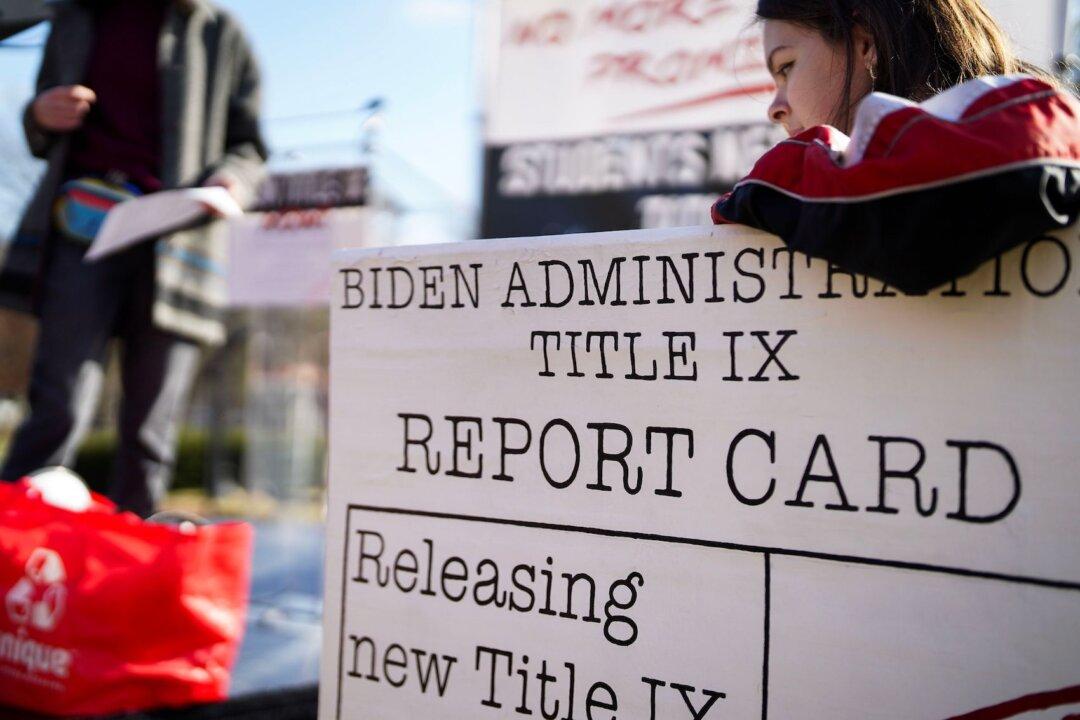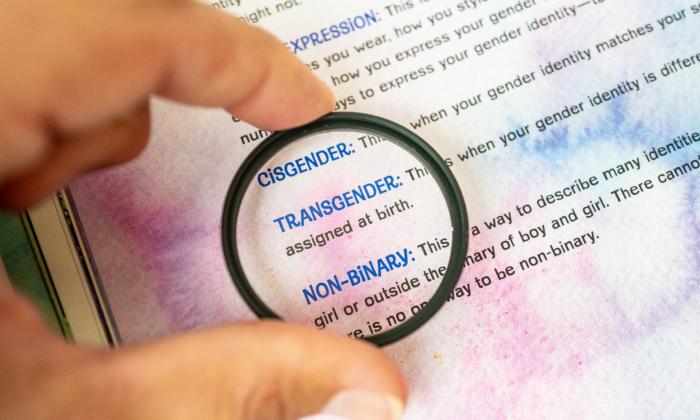What’s more democratic: the Supreme Court imposing a controversial abortion right on the entire country or the Supreme Court allowing that contentious issue to be debated and ultimately decided by the people through their elected representatives or voter referenda? Obviously, the people deciding for themselves is the more democratic option.
What hysterical nonsense. Overturning Roe—still far from certain, as the leaked early draft opinion that caused the left’s explosion of hysteria won’t be the ultimate ruling—wouldn’t, in and of itself, make abortion illegal anywhere in the country. Rather, abortion public policy would merely be returned to the states, where it existed before Roe became the law of the land.
Moreover, if Roe is overturned or significantly weakened, it will be precisely because pro-life citizens tirelessly dedicated themselves for decades to applying the tools of democracy to reverse what they consider to be a profoundly unjust imposition by the Supreme Court of an immoral public policy that has led to the deaths of more than 63 million unborn babies. In what many had considered a hopeless cause, the pro-lifers organized, petitioned their government for redress, educated, agitated, and protested against the abortion regime. Indeed, the massive annual March for Life demonstrations in Washington have been among the best-attended protests in U.S. history.
Pro-lifers also willingly accepted the scorn of the media, popular culture, and many politicians in the greater cause of saving unborn lives. A minority of pro-lifers were so committed to the cause that they resorted to peaceful civil disobedience—a venerable American tradition—accepting punishment under the law to highlight what they considered to be a profound injustice. Despite the profound emotionality of the issue, almost all pro-lifers have rejected violence—and the few terrible murders committed by anti-abortion fanatics were roundly denounced by movement leaders and rank and file alike.
Pro-lifers also harnessed the power of electoral politics, both running for office and supporting like-minded candidates with their time, money, and votes. They experienced frustration after frustration, reverse after reverse, failure after failure, and defeat snatched by courts after democratic victories. But they never gave up.
The movement became a potent political force because it could turn out voters. Pro-life concentrated political engagement became focused within the Republican Party, and ever so slowly, the worm began to turn. Like-minded candidates were elected to offices high and low—state legislators, governors, and other state officials, as well as to Congress—and sometimes the presidency.
The movement achieved incremental successes, such as the federal ban on partial-birth abortion. More to the point of the current moment, the makeup of the Supreme Court shifted to the right, increasing the likelihood that Roe might one day be reversed—an unlikely but by no means unprecedented event.
Finally, the decision aborted the healthy and vigorous democratic debate then ongoing about whether terminations should be legal, and if so, in what contexts. Indeed, at the time of the decision, a few states, such as New York, had already legalized abortion through democratic processes. Others had rejected its legalization outright. For example, mere months before the decision was released, Michigan voters rejected a referendum to legalize abortion by more than 60 percent.
In the end, Roe v. Wade was a profound disservice to the country. Rather than settling the abortion question as the majority justices naively expected, their judicial imperialism became the genesis of the bitter cultural dislocations that have so badly strained our bonds of mutual affection. Rather than achieving political equipoise as usually happens when contentious issues are resolved democratically, at least in part because of Roe, Americans are now more bitterly divided over fundamental moral values than at any time since the Civil War.
And here’s the thing: If Roe v. Wade is overturned, abortion won’t be outlawed. Rather, the issue will be restored to the democratic sphere, where it belongs. Some states will outlaw it altogether. Others will allow more restrictions than permitted now. Some will expand abortion access through the ninth month, paid for by the government. Both sides will strive to enact national laws liberalizing or restricting access at the federal level.
Frankly, it will get very ugly. But over time, if democracy is allowed to work its wonders, whatever the outcome, at least public policy will be more likely to reflect the views of the majority. And just as importantly, these policies will always be subject to change if those popular views shift.
In bringing the country to this portentous moment, the pro-life movement acted in the grand tradition of social activism that has been a hallmark of the American experience. Like the abolitionists, anti-child labor campaigners, the civil rights movement, women’s suffrage, the temperance movement, feminism, gay rights, labor union organizing, and so forth, pro-lifers proved that in a democracy, average people acting together in a determined cause can change the world. In a free country, there’s no such thing as a hopeless cause.





